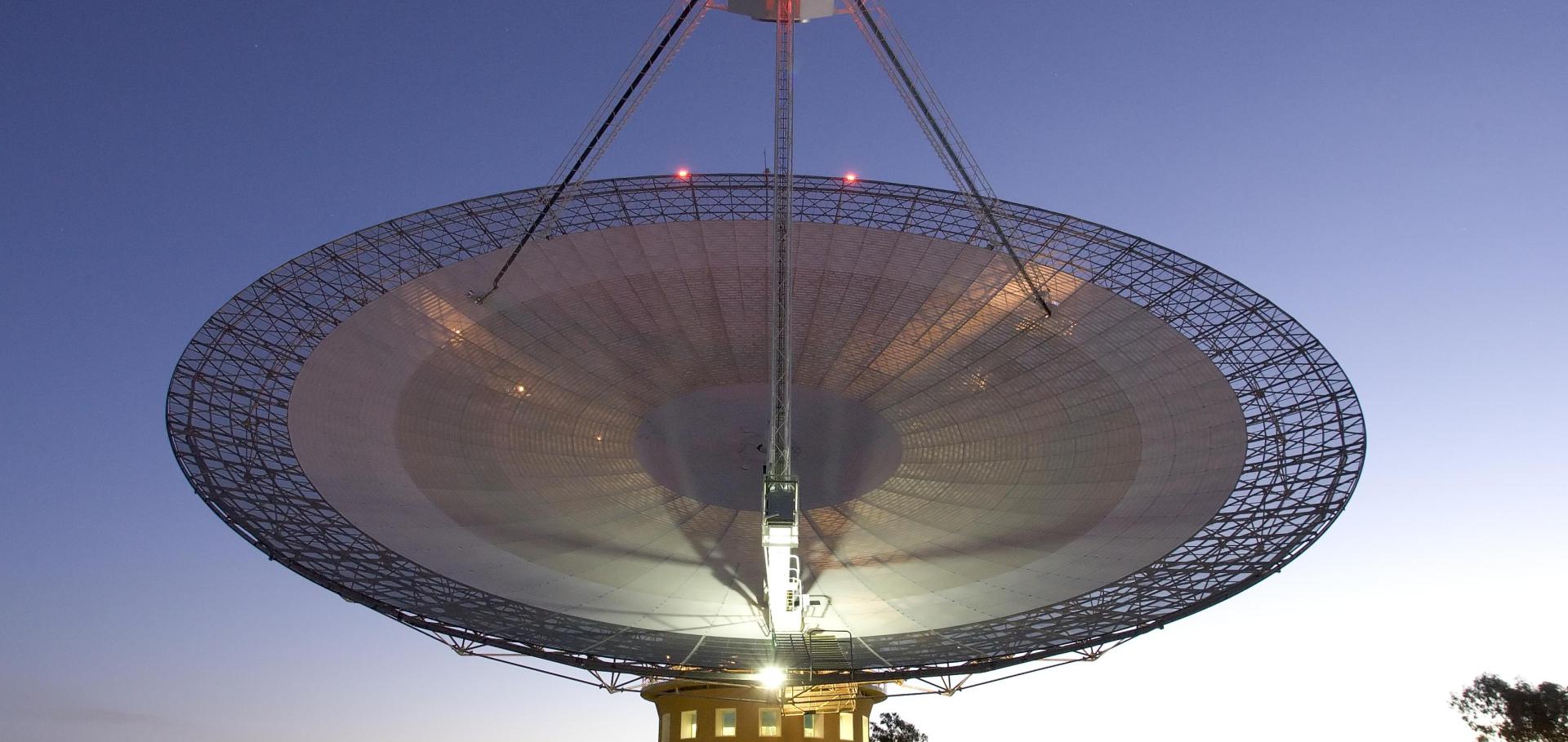Chasing the Break: Tracing the Full Evolution of a Black Hole X-Ray Binary Jet with Multiwavelength Spectral Modeling
The Astrophysical Journal American Astronomical Society 962:2 (2024) 116
AT 2021loi: A Bowen Fluorescence Flare with a Rebrightening Episode Occurring in a Previously Known AGN
The Astrophysical Journal American Astronomical Society 953:1 (2023) 32
Bursts from Space: MeerKAT – the first citizen science project dedicated to commensal radio transients
Monthly Notices of the Royal Astronomical Society Oxford University Press 523:2 (2023) 2219-2235
Abstract:
The newest generation of radio telescopes is able to survey large areas with high sensitivity and cadence, producing data volumes that require new methods to better understand the transient sky. Here, we describe the results from the first citizen science project dedicated to commensal radio transients, using data from the MeerKAT telescope with weekly cadence. Bursts from Space: MeerKAT was launched late in 2021 and received ∼89 000 classifications from over 1000 volunteers in 3 months. Our volunteers discovered 142 new variable sources which, along with the known transients in our fields, allowed us to estimate that at least 2.1 per cent of radio sources are varying at 1.28 GHz at the sampled cadence and sensitivity, in line with previous work. We provide the full catalogue of these sources, the largest of candidate radio variables to date. Transient sources found with archival counterparts include a pulsar (B1845-01) and an OH maser star (OH 30.1–0.7), in addition to the recovery of known stellar flares and X-ray binary jets in our observations. Data from the MeerLICHT optical telescope, along with estimates of long time-scale variability induced by scintillation, imply that the majority of the new variables are active galactic nuclei. This tells us that citizen scientists can discover phenomena varying on time-scales from weeks to several years. The success both in terms of volunteer engagement and scientific merit warrants the continued development of the project, while we use the classifications from volunteers to develop machine learning techniques for finding transients.The Black Hole Candidate Swift J1728.9–3613 and the Supernova Remnant G351.9–0.9
The Astrophysical Journal American Astronomical Society 947:1 (2023) 38
Precise Measurements of Self-absorbed Rising Reverse Shock Emission from Gamma-ray Burst 221009A
(2023)


